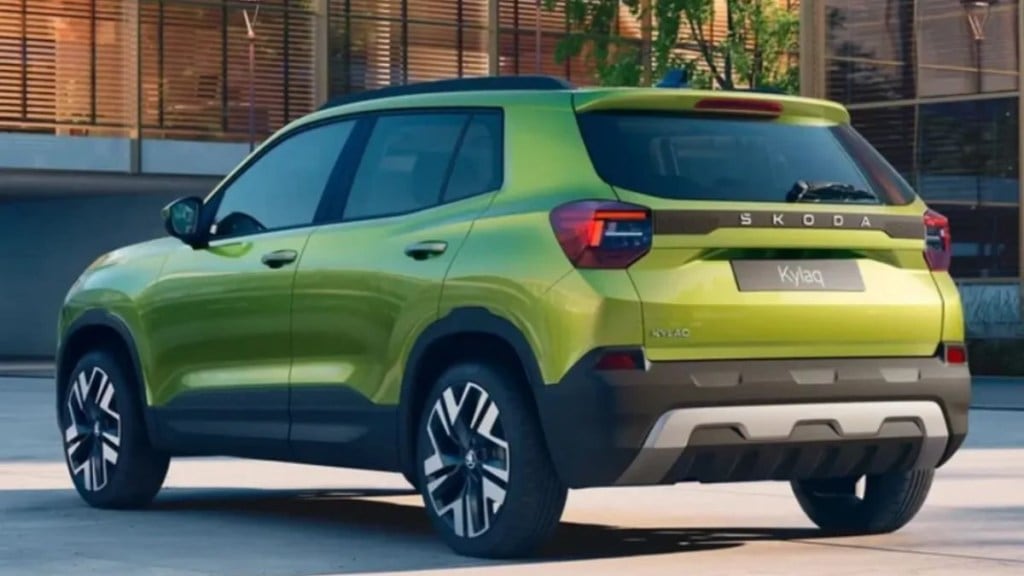When the Kia Syros and Skoda Kylaq were launched earlier this year, both models seemed destined for success. Positioned in the fiercely competitive sub-4 metre SUV space, they together garnered over 40,000 bookings, a strong start that had the industry buzzing. But nine months on, their trajectories couldn’t be more different. While the Kylaq continues to cruise smoothly, the Syros is rapidly losing momentum.
Sales data reviewed by FE shows that Skoda’s Kylaq has sold 34,588 units so far, maintaining a consistent monthly average of nearly 4,000 units. The Syros, meanwhile, has managed 25,978 units, but its month-on-month performance paints a troubling picture.
After peaking at 5,546 units in January, Syros sales have slipped almost every month: 5,425 in February, 5,015 in March, 4,000 in April, and 3,611 in May, before crashing to just 774 in June. July, August, and September showed no real recovery, with sales stuck below 500 units in two of those months.
Industry experts attribute this divergence largely to pricing strategy. According to a former Kia sales executive, things began to unravel for the Syros following a price hike in May 2025. The increase, ranging between Rs 30,000 and Rs 50,000 across most variants, hit hard in a price-sensitive segment, prompting a sharp 79% sales drop within a month.
Skoda, on the other hand, handled its pricing game more deftly.
While it raised prices of the Kylaq’s entry variants by Rs 26,000-36,000, it simultaneously reduced the top-end variants by as much as Rs 46,000. This balancing act ensured that existing customers didn’t leave the brand. Instead, many upgraded to higher variants. Though margins may have tightened, the strategy paid off with stronger overall profitability and sustained demand.
Kia also faced competition from within. The Syros’s rising prices pushed many buyers towards the Sonet, its sibling in the same category. Sonet sales climbed from 6,658 units in May to over 9,000 by September. Skoda, by contrast, had no internal rival cannibalising Kylaq demand as customers looking for a European-engineered compact SUV simply stayed put.
While the recent GST revision could offer some relief, analysts say the gap between the two models is likely to widen unless Kia recalibrates its pricing and product strategy.

